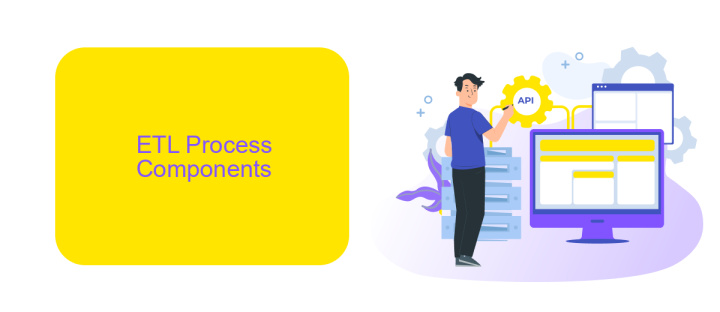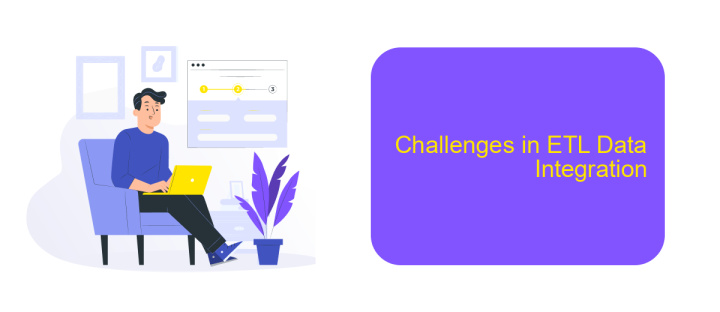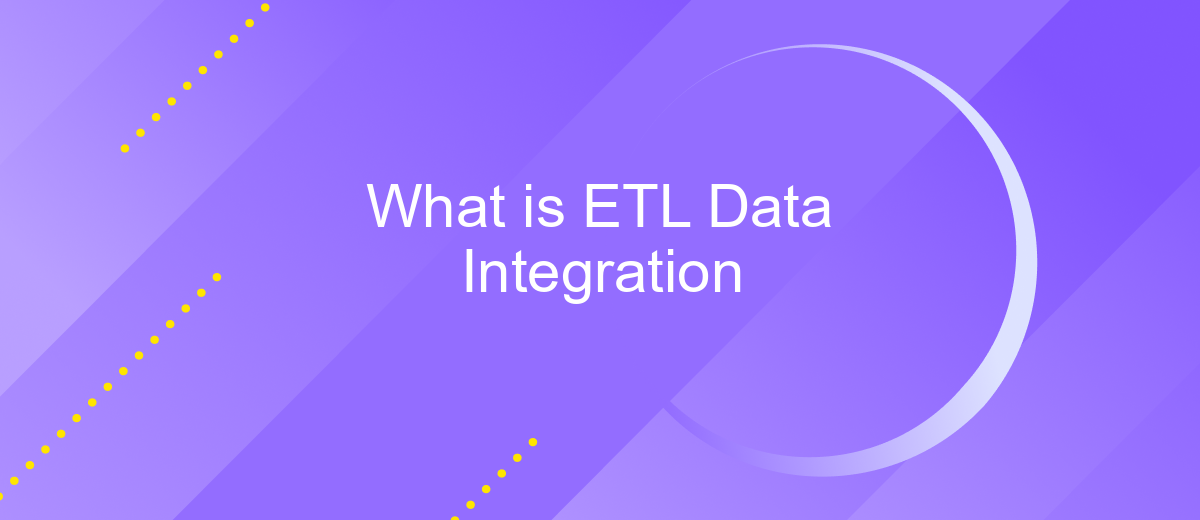What is ETL Data Integration
ETL data integration is a crucial process in data management that involves Extracting data from various sources, Transforming it into a suitable format, and Loading it into a target database or data warehouse. This method ensures that data is consolidated, cleansed, and ready for analysis, enabling organizations to make informed decisions based on accurate and comprehensive information.
Introduction: What is ETL Data Integration?
ETL (Extract, Transform, Load) Data Integration is a crucial process that enables businesses to consolidate data from various sources into a single, unified view. This process involves three key steps: extracting data from different databases, transforming it into a consistent format, and loading it into a data warehouse or other storage systems. ETL helps organizations make informed decisions by providing a comprehensive and accurate dataset.
- Extract: Data is collected from multiple sources, including databases, APIs, and flat files.
- Transform: The extracted data is cleaned, enriched, and converted into a suitable format.
- Load: The transformed data is loaded into a target system such as a data warehouse or cloud storage.
Effective ETL data integration requires robust tools and services to manage the complex workflow. One such service is ApiX-Drive, which simplifies the integration process by offering automated data extraction and transformation capabilities. By leveraging tools like ApiX-Drive, businesses can streamline their ETL processes, ensuring data accuracy and reliability.
ETL Process Components

The ETL process comprises three main components: Extraction, Transformation, and Loading. During the Extraction phase, data is collected from various sources such as databases, cloud services, and APIs. This step ensures that the data is accurately gathered for further processing. Tools like ApiX-Drive can simplify this process by offering seamless integration with a multitude of data sources, enabling efficient and reliable data extraction.
In the Transformation phase, the extracted data is cleaned, formatted, and transformed to meet the target system's requirements. This may involve filtering out errors, converting data types, and applying business rules. Finally, in the Loading phase, the transformed data is loaded into the target database or data warehouse. This step ensures that the data is readily available for analysis and reporting. With services like ApiX-Drive, the entire ETL process can be automated, reducing manual intervention and increasing overall efficiency.
Benefits of ETL Data Integration

ETL (Extract, Transform, Load) data integration offers numerous advantages for businesses looking to streamline their data processes and improve decision-making. By automating the extraction, transformation, and loading of data, organizations can ensure data consistency and reliability across various systems.
- Improved Data Quality: ETL processes cleanse and validate data, reducing errors and ensuring accurate information.
- Time Efficiency: Automating data integration saves time and resources, allowing teams to focus on analysis rather than data preparation.
- Scalability: ETL tools can handle growing amounts of data, making it easier to manage large datasets as your business expands.
- Better Decision-Making: With accurate and timely data, businesses can make more informed decisions, leading to improved outcomes.
- Seamless Integration: Services like ApiX-Drive facilitate the integration of various data sources, simplifying the ETL process and enhancing connectivity.
Incorporating ETL data integration into your business strategy can significantly enhance data management and operational efficiency. Leveraging tools like ApiX-Drive can further streamline the process, ensuring seamless connectivity between diverse data sources and systems.
Challenges in ETL Data Integration

ETL data integration presents numerous challenges that can complicate the process of extracting, transforming, and loading data. One of the primary hurdles is ensuring data quality and consistency, as disparate data sources often have varying formats and standards. This can lead to data discrepancies and inaccuracies, which can undermine the integrity of the integrated data.
Another significant challenge is the scalability of ETL processes. As data volumes grow, the ETL infrastructure must be able to handle increased loads without compromising performance. This requires robust architecture and efficient resource management to prevent bottlenecks and downtime.
- Data quality and consistency issues
- Scalability and performance concerns
- Complexity of data transformations
- Integration of diverse data sources
To address these challenges, organizations can leverage services like ApiX-Drive, which streamline the integration process by providing automated workflows and seamless connectivity between various data sources and applications. This not only simplifies the ETL process but also enhances data accuracy and reliability, ensuring that businesses can make informed decisions based on high-quality data.
- Automate the work of an online store or landing
- Empower through integration
- Don't spend money on programmers and integrators
- Save time by automating routine tasks
Conclusion
In conclusion, ETL data integration is a vital process for organizations aiming to manage and utilize their data efficiently. By extracting, transforming, and loading data from various sources, businesses can ensure that their data is accurate, consistent, and readily available for analysis. This process not only enhances decision-making but also boosts operational efficiency by providing a unified view of data across the organization.
Moreover, leveraging tools like ApiX-Drive can significantly simplify the ETL process. ApiX-Drive offers seamless integration capabilities, allowing businesses to automate data workflows without extensive technical expertise. This service ensures that data is continuously updated and synchronized across different platforms, making it easier for organizations to harness the full potential of their data. As data continues to grow in volume and complexity, adopting robust ETL solutions and integration services like ApiX-Drive will be crucial for maintaining a competitive edge.
FAQ
What is ETL Data Integration?
Why is ETL important for businesses?
What are the main components of ETL?
How can I automate the ETL process?
What are the challenges of ETL Data Integration?
Time is the most valuable resource in today's business realities. By eliminating the routine from work processes, you will get more opportunities to implement the most daring plans and ideas. Choose – you can continue to waste time, money and nerves on inefficient solutions, or you can use ApiX-Drive, automating work processes and achieving results with minimal investment of money, effort and human resources.


